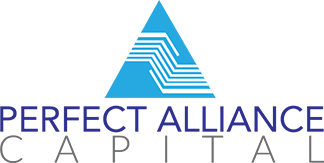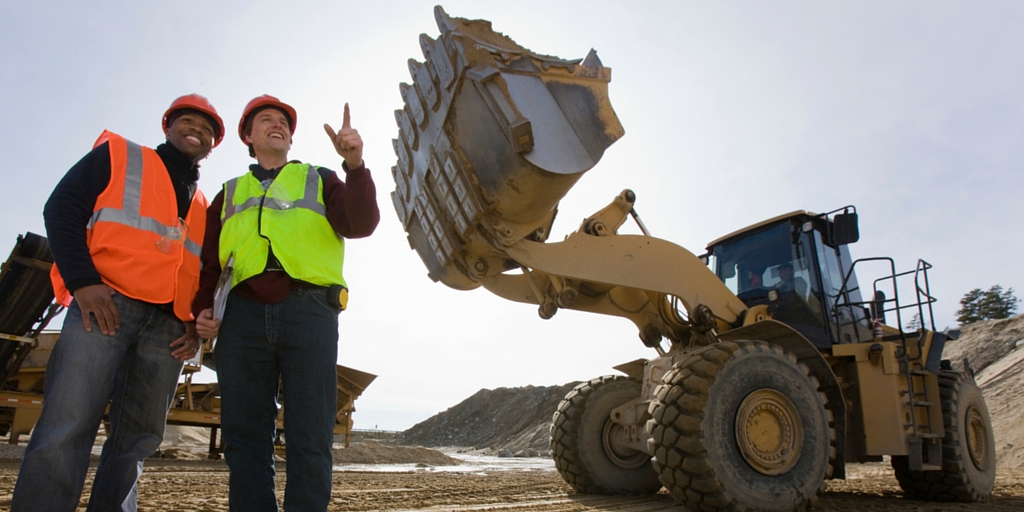For those in the commercial real estate business, having access to extra capital is necessary for everything from purchasing property to rehab projects, and especially ground-up construction. However, with so many available financing options, deciding which construction loans are best for your specific project can often be a confusing endeavor. This article will break down the various types of construction loans, to help you decide which one is the best fit for your next project.
A&D Loans
Acquisition and development (A&D) loans are typically used for purchasing untouched land that still need to be made ready to development. A&D construction loans are typically structured to cover the cost of purchase, as well as the cost of any improvements that need to be made to the property (or existing structures) in order to make it ready for construction. It should be noted that A&D construction loans can also be used for property with buildings on it, where the overall infrastructure needs to be improved before any actual construction can take place.
Land Development Construction Loans
Land development construction loans are focused on completely empty parcels of land that need to be prepared for construction. These construction loans are designed to cover the cost of purchase, as well as the installation of any infrastructure (power lines, sewage, water lines, etc.) to the land itself. These loans are ideal for commercial real estate investors and developers who are purchasing and then subdividing land for ground-up construction that can be turned into residential or commercial structures – such as apartments complexes, office buildings, or large medical facilities.
Interim Construction Loans
By far one of the most popular types of financing in this industry, interim construction loans are designed to cover the cost of materials and labor on a given project. Interim construction loans usually cover financing for 18 months to 3 years, and are used for everything from rehab projects for house flipping, to expanding existing commercial structures, and even ground-up construction for businesses and multifamily residences.
Refinancing
As a project nears completion and money is still owed on short-term construction loans, many people choose to refinance their debt. Some use takeout loans, which offer permanent financing where short-term construction loans are already in place. Others use mini-perm loans, to settle the debt on existing construction loans, which then turns into long-term financing after the property generates revenue for three to five years after the completion of the project.

